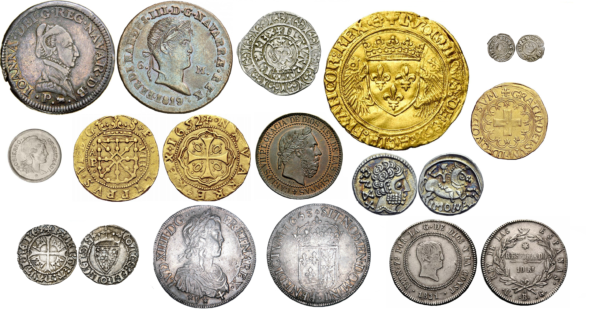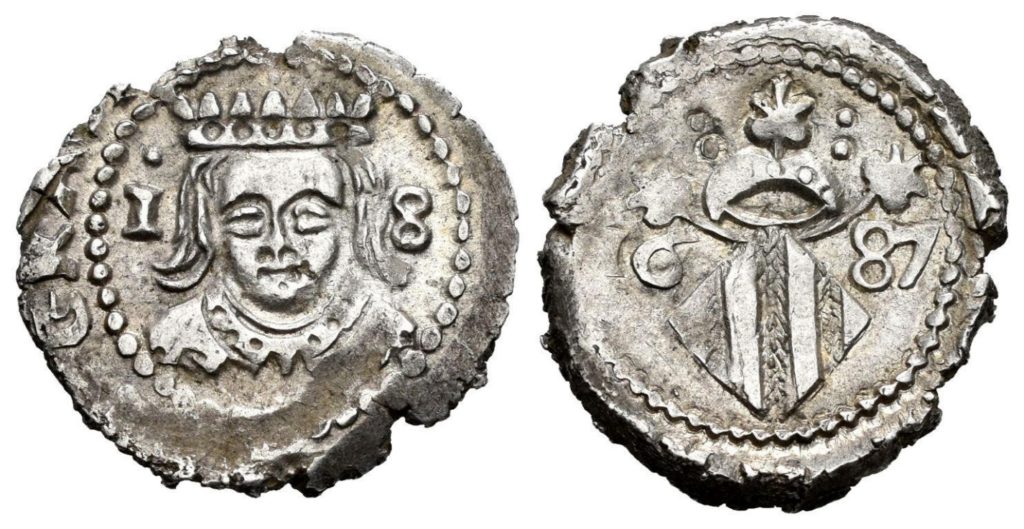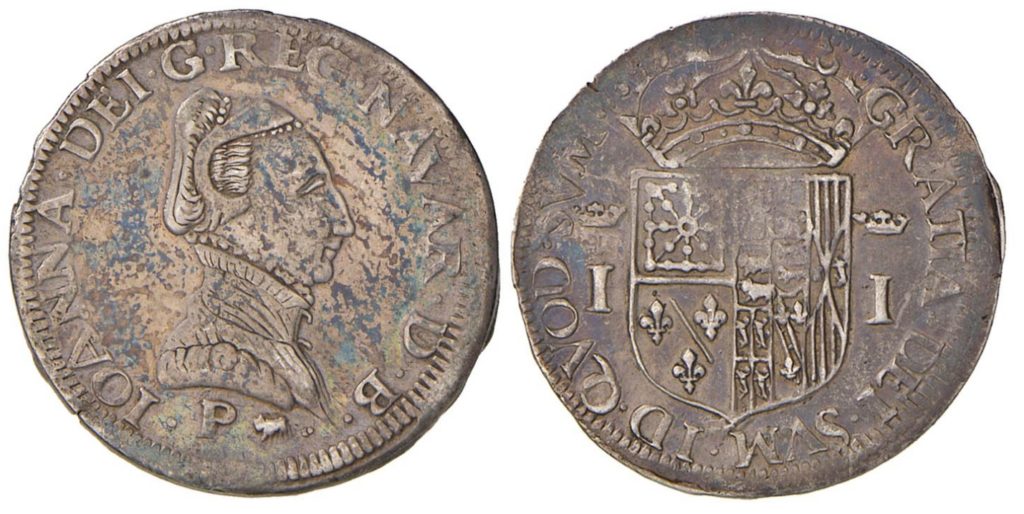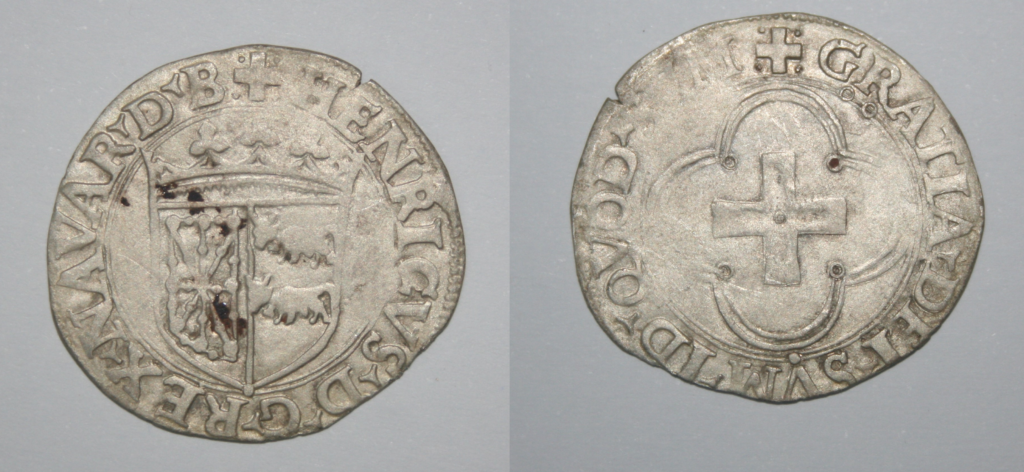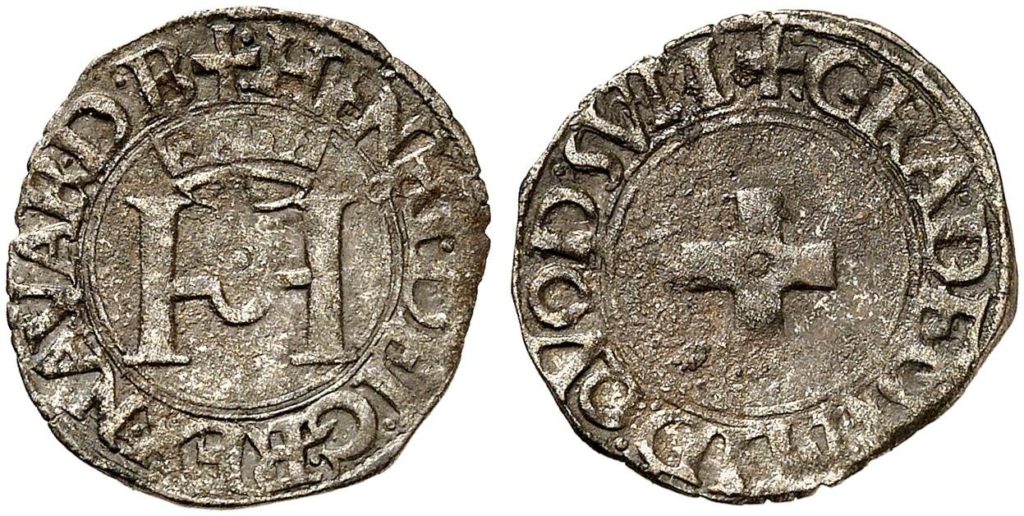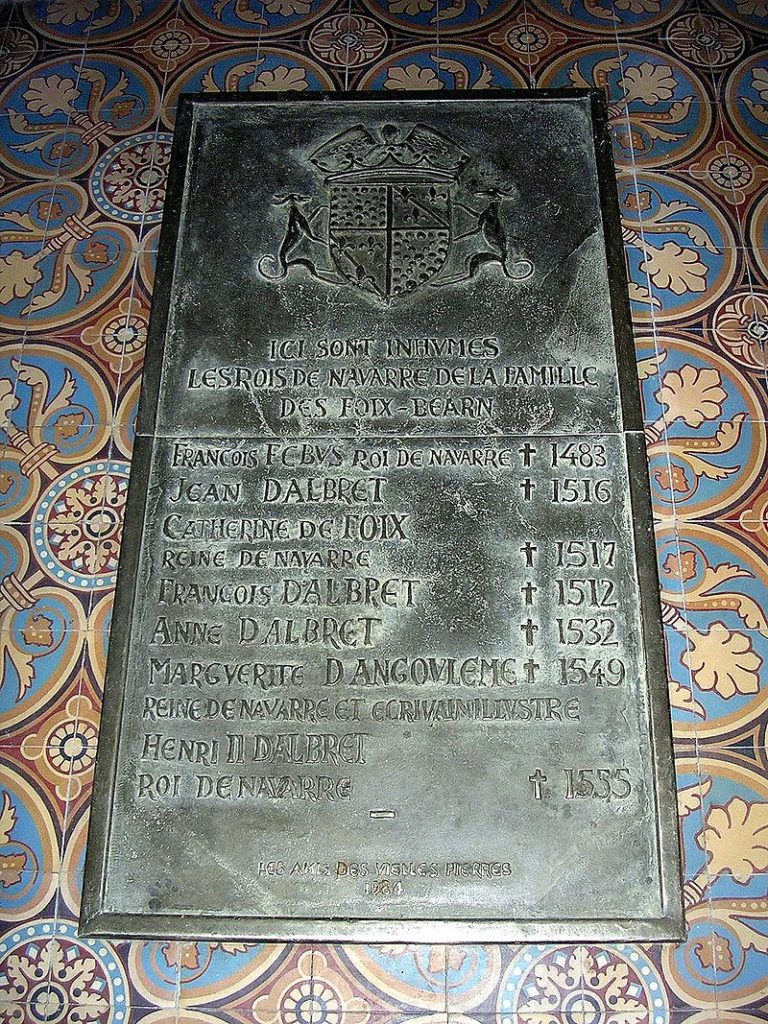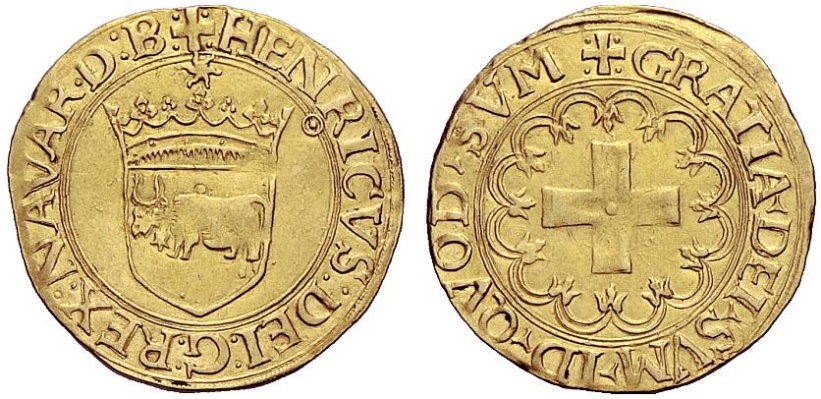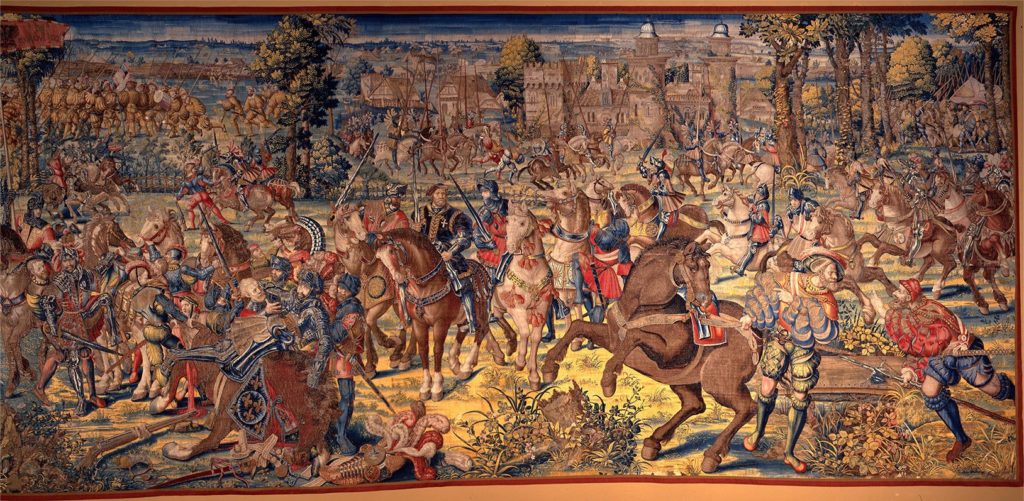The only maravedi of Charles VII – The Last Hammer Dance
Reign: Charles VII. King of Navarre, Charles IV. King of Spain Type: Marabedia Year: 1789 Mint: Pamplona Mint Edge: Irregular, octagonal coin budin or cospel Edge Engraving: ————– Metal: copper Diameter: 19 mm Weight: This piece weighs 2.71 gr, nominally about 3.04 gr Quantity: Unknown, the courts of 1781 ordered the minting of 12,000 ducats, 4,704,000 marabedia pieces Mintage: By hammer Head of the Mint: […]
The only maravedi of Charles VII – The Last Hammer Dance Read More »
